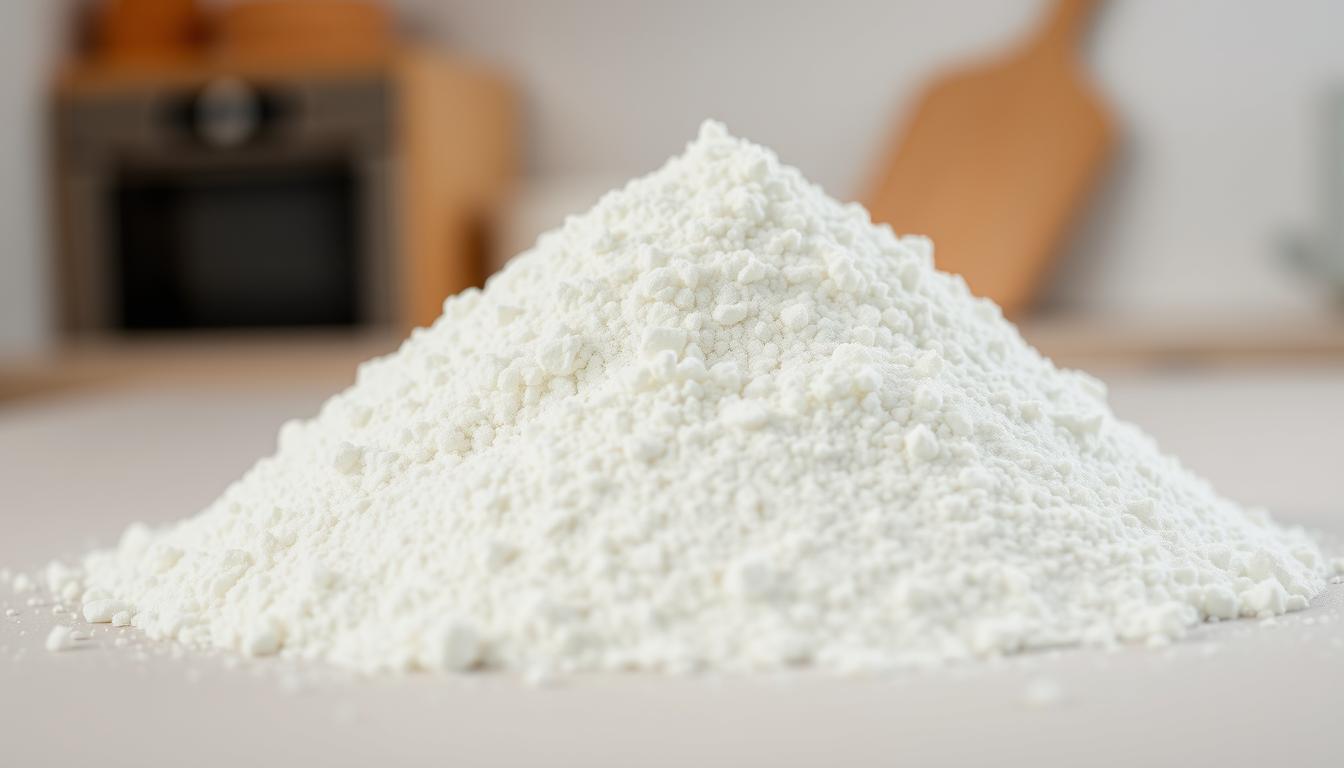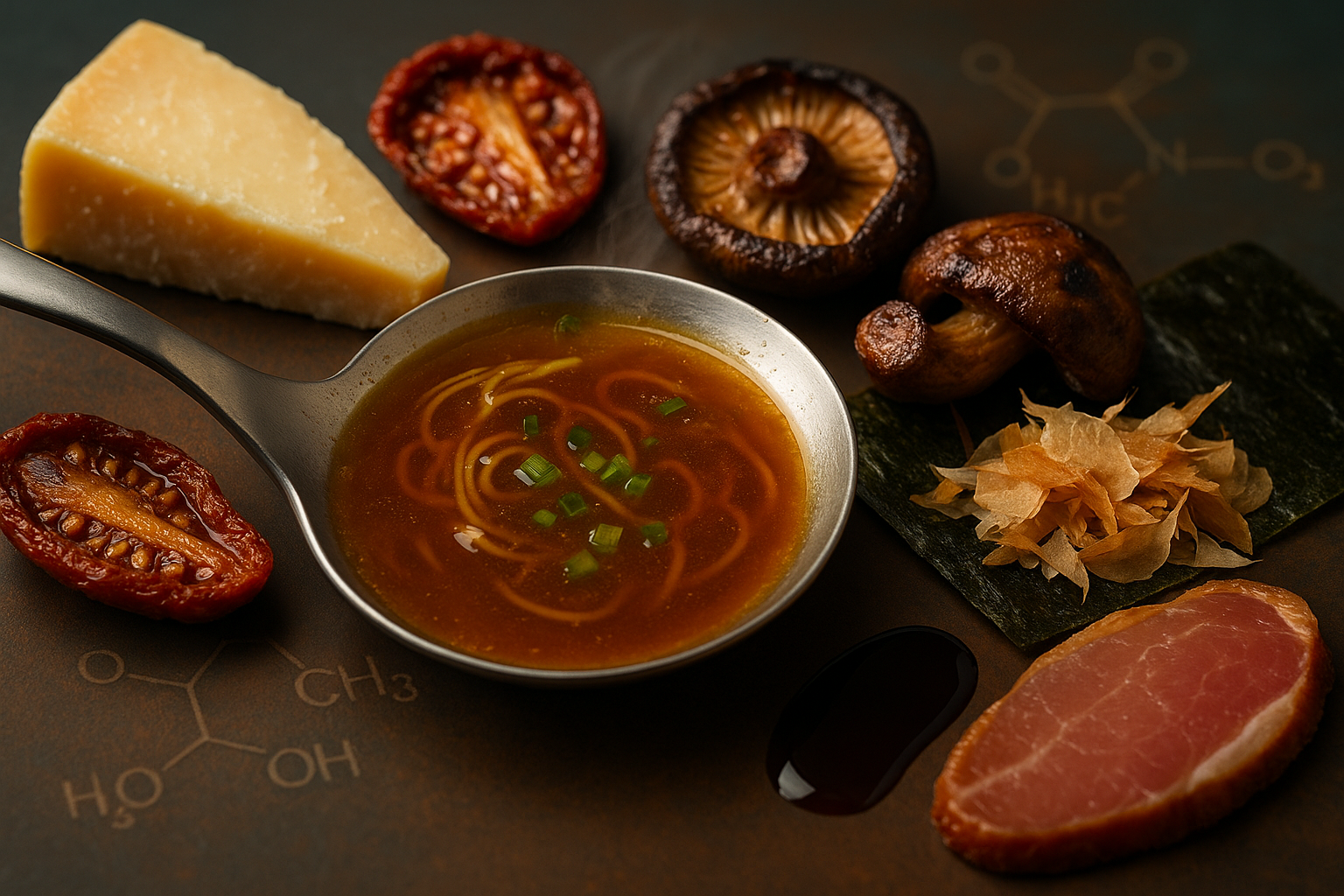Introduction
Carrageenan is a family of hydrocolloids derived from red seaweed, widely used in the food industry for its gelling, thickening, and stabilizing properties. Among its types, Lambda carrageenan stands out for not forming gels but instead providing excellent thickening and stabilizing capabilities in dairy, beverages, and sauces. This guide explains what Lambda carrageenan is, how it’s made, and why it is so valuable in modern food science.
Quick Answers About Lambda Carrageenan
How does Lambda carrageenan differ from Kappa and Iota?
Lambda does not form gels. Instead, it thickens and stabilizes liquids, while Kappa and Iota form firm and elastic gels respectively.
Is Lambda carrageenan safe?
Yes. Lambda carrageenan is approved by global food authorities and widely used in dairy and beverage products.
What concentration is typically used?
Typically 0.1–0.5% depending on the formulation. Small amounts are very effective.
Does Lambda carrageenan affect flavor?
No. It has a neutral taste and will not change food flavors.
Is Lambda carrageenan vegan?
Yes. Like other carrageenans, it’s derived from seaweed and suitable for vegan diets.
What foods commonly use Lambda carrageenan?
Chocolate milk, protein shakes, salad dressings, syrups, and sauces often use Lambda for smooth thickness.
What is Carrageenan (Lambda)?
Lambda carrageenan is a non-gelling form of carrageenan extracted from red seaweed species such as Gigartina. Unlike kappa or iota carrageenan, which form gels, Lambda carrageenan acts as a thickener and stabilizer. It is particularly useful in dairy systems, chocolate milk, protein drinks, and salad dressings for its ability to provide creamy texture and prevent separation.
How is Lambda Carrageenan Made?
- Harvesting: Red seaweed, especially Gigartina species, is harvested.
- Extraction: Carrageenan is extracted in hot water or alkaline solution.
- Separation: Different fractions (kappa, iota, lambda) are separated by chemical and physical processes.
- Drying: The Lambda fraction is dried and milled into a fine powder.
Culinary Uses of Lambda Carrageenan
- Chocolate Milk: Prevents cocoa particles from settling and maintains smooth texture.
- Protein Beverages: Stabilizes proteins and provides creamy mouthfeel.
- Dairy Products: Improves viscosity and prevents syneresis in milk-based drinks.
- Salad Dressings: Keeps oil and water emulsions stable.
- Sauces: Enhances thickness and provides luxurious texture.
Benefits & Functional Properties
- Non-Gelling: Ideal for applications needing thickening without gel formation.
- Dairy Stability: Prevents phase separation in milk-based systems.
- Viscosity Control: Provides body and mouthfeel even at low use levels.
- Versatility: Used in beverages, dressings, sauces, and syrups.
- Vegan & Gluten-Free: Plant-based, clean label-friendly, and widely accepted.
Carrageenan at a Glance: Kappa vs Iota vs Lambda
Full Companion Table| Property | Kappa | Iota | Lambda |
|---|---|---|---|
| Primary role | Firm, brittle gels | Soft, elastic gels | Thickener (non-gelling) |
| Ions that help | Potassium (K⁺) | Calcium (Ca²⁺) | — |
| Texture / bite | Strong, brittle, clean cut | Elastic, cohesive | Smooth, creamy viscosity |
| Syneresis (weeping) | Can occur | Low (good water retention) | N/A (no gel) |
| Typical use level | 0.2–1.0% | 0.2–1.0% | 0.1–0.5% |
| Best for | Chocolate milk, processed cheese, gummies, vegan cheese | Dairy desserts, gummies, sauces, vegan cheeses | Chocolate milk, protein shakes, dressings, syrups |
| Notes | Interacts with milk proteins; K⁺ boosts gel strength | Resists syneresis; flexible gels with Ca²⁺ | Non-gelling; great for smooth, stable viscosity |
Not all hydrocolloids behave the same way. Some are best for building viscosity and stabilizing liquids, while others are true gelling agents that create firm or elastic structures. A few can do both, depending on the partners they’re combined with. The table below highlights the difference between thickening and gelling functions at a glance:
Thickening vs Gelling Function of Hydrocolloids
Full Companion Table| Hydrocolloid | Primary Function | Notes |
|---|---|---|
| Xanthan Gum | Thickener / Stabilizer | Shear-thinning; excellent for sauces and dressings. |
| Guar Gum | Thickener | Adds viscosity in cold and hot systems; synergizes with xanthan gum. |
| Locust Bean Gum | Thickener + Gel Synergist | Alone it thickens; forms gels in synergy with carrageenan or xanthan. |
| Carrageenan (Kappa) | Gelling Agent | Firm, brittle gels; works with potassium and dairy proteins. |
| Carrageenan (Iota) | Gelling Agent | Forms soft, elastic gels with calcium; good freeze–thaw stability. |
| Agar | Gelling Agent | Strong, brittle gels; sets at high temp and remains stable when reheated. |
| Pectin (HM) | Gelling Agent | Gels with sugar + acid; used in jams and jellies. |
| Pectin (LM) | Gelling Agent | Forms gels with calcium; ideal for low-sugar products. |
One of the most common questions chefs and food developers ask is whether a gelling agent is vegan-friendly. While some, like gelatin, are animal-derived, most modern hydrocolloids come from plants or microbial fermentation. Here’s a quick guide to which are vegan and which are not:
Vegan vs Non-Vegan Gelling Agents
Full Companion Table| Gelling Agent | Vegan? | Notes |
|---|---|---|
| Gelatin | ❌ Non-Vegan | Animal-derived from collagen; common in gummies, marshmallows, and desserts. |
| Agar-Agar | ✅ Vegan | Seaweed-derived; creates firm, brittle gels; common gelatin substitute. |
| Carrageenan (Kappa/Iota/Lambda) | ✅ Vegan | Extracted from red seaweed; versatile gelling and thickening functions. |
| Pectin | ✅ Vegan | Fruit-derived (citrus peel, apple pomace); essential in jams and jellies. |
| Gellan Gum | ✅ Vegan | Produced by microbial fermentation; creates clear, stable gels. |
| Alginate | ✅ Vegan | Seaweed-derived; gels with calcium; key in molecular gastronomy (spherification). |
Where to Buy Lambda Carrageenan
Cape Crystal Brands offers premium Lambda Carrageenan for food and beverage applications.
👉 Shop Carrageenan Now
Frequently Asked Questions (FAQs)
How does Lambda carrageenan differ from Kappa and Iota?
Lambda is non-gelling and functions primarily as a thickener and stabilizer. Kappa forms firm, brittle gels (especially with potassium), while Iota forms soft, elastic gels (enhanced by calcium).
Is Lambda carrageenan safe?
Yes. Food-grade carrageenans, including Lambda, are widely used and accepted globally in dairy and beverage systems when used as directed.
What concentration should I start with?
Begin around 0.2% and adjust between 0.1–0.5% depending on viscosity target, solids, and processing conditions.
Does Lambda carrageenan affect flavor or color?
It is neutral in taste and color and will not mask or distort flavors in properly formulated products.
How do I disperse and hydrate Lambda carrageenan?
Pre-mix into dry ingredients or slurry in a portion of liquid, then hydrate with good agitation. Gentle heat (e.g., 60–75 °C) can speed hydration depending on your system.
Can I use Lambda carrageenan in non-dairy systems?
Yes. It builds smooth viscosity in plant-based beverages, syrups, sauces, and dressings, and works synergistically with other gums and emulsifiers.
Does it interact with proteins?
It helps stabilize proteins in dairy and high-protein beverages, reducing settling and phase separation.
What is the shelf life and storage?
Store the dry powder in a cool, dry place in a sealed container. Typical shelf life is 24–36 months unopened; always check your product label.
Related Gelling Agents
Kappa Carrageenan
Creates firm, brittle gels; excellent for dairy and confectionery when potassium is present.
Learn moreIota Carrageenan
Forms soft, elastic gels with great freeze–thaw stability in the presence of calcium.
Learn moreAgar-Agar
Strong, brittle gels with clean slices; popular in confectionery, gelled desserts, and molecular cuisine.
Learn moreGellan Gum (High-Acyl)
Soft, elastic gels with excellent suspension and heat stability; great for beverages.
Learn moreGellan Gum (Low-Acyl)
Firm, brittle gels and beautiful clarity; ideal for fluid gels and precise textures.
Learn moreXanthan Gum
Powerful thickener and stabilizer at low dosages; shear-thinning for pourable sauces.
Learn more




